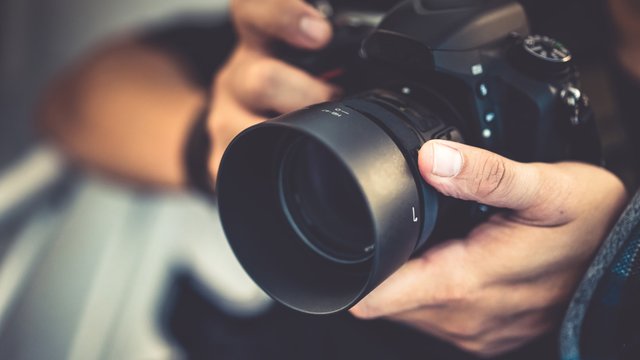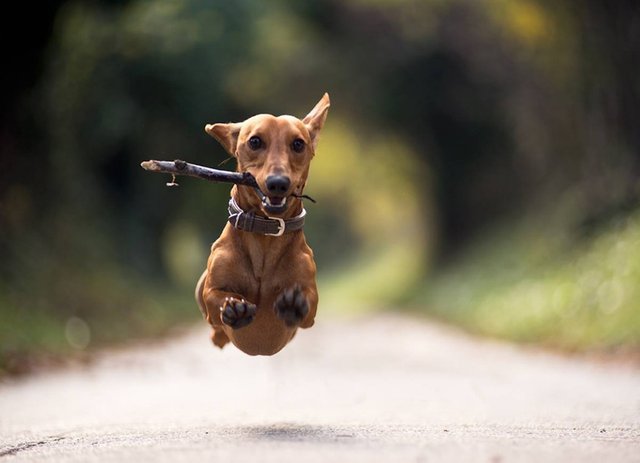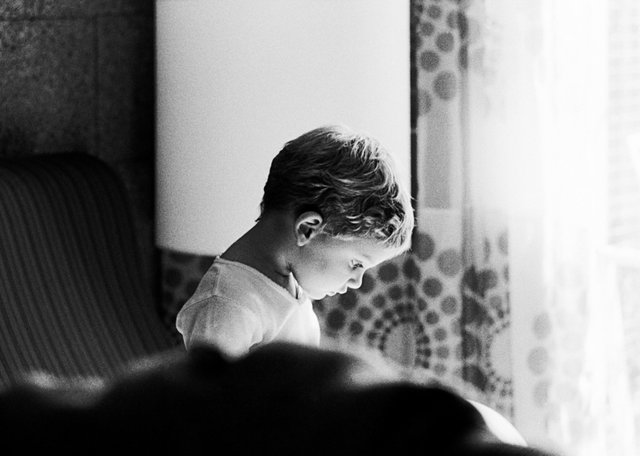
iStock 834741464 min image
When I think back to my early days as a photographer, I recall how frustrating it was trying to figure out the photography basics like camera settings.
I'm talking about learning aperture, shutter speed, and ISO...
Though understanding these basics of photography is certainly needed, it's easier said than done.
It's just a lot to learn. And could the aperture scale be more confusing??
Thankfully, I've figured things out over the years.
But if you don't want to toil for years and years like I did trying to learn photography, perhaps this short tutorial photography tips for beginners will get you pointed in the right direction.
In the video above, Peter McKinnon offers a quick run-down of camera basics.
Below, I've expanded on Peter's discussion a bit and included links to relevant topics to give you an even more robust learning tool.
Let's get started!
Photography Basics: Aperture, Shutter Speed, and ISO
The three camera settings that control the exposure are aperture, shutter speed, and ISO.
Here's what each one does in a nutshell:
Aperture controls the amount of light entering the lens. The aperture is controlled by a diaphragm in the lens that adjusts its width based on the f-stop being used. The higher the f-number, the smaller the aperture opening, and the less light coming into the lens.
Shutter speed controls the duration of light that reaches the lens. It's controlled by a curtain in front of the camera's sensor. A fast shutter speed means that the curtain opens and closes quickly, thus minimizing how long the sensor is exposed to light.
ISO is responsible for the sensitivity of the camera's sensor to light. The higher the ISO, the more sensitive the sensor becomes.
Of course, these three settings aren't that simple, nor do they operate in a vacuum.
That is, each setting has other responsibilities and they all work together to help you get the proper exposure, as shown in the graphic above.
Creative Elements of Aperture, Shutter Speed, and ISO
photography basics image

photography basics image
In addition to their responsibilities regarding exposure, aperture, shutter speed, and ISO impact your photos in a creative manner as well.
Let's start with aperture...
The size of the aperture impacts the depth of field in the photos you take. The depth of field refers to the area of the image that's in focus.
If you want a shallow depth of field with a blurry background as seen in the portrait above, you want to use a large aperture.
The confusing part for many people is that the size of the aperture is inversely related to the f-stop number, meaning, a large aperture is indicated by a small f-number.
So, f/2 is a very large aperture while f/16 is a very small aperture.

When it comes to shutter speed, it controls how movement is captured in a photo.
Shutter speed is measured in fractions of a second, like 1/30 seconds, 1/100 seconds, 1/500 seconds, and so on.
Naturally, the faster the shutter speed (i.e., 1/500 seconds), the more likely it will be that you can freeze the movement of a moving target, as shown above.
Conversely, if you slow the shutter down, you'll begin to see motion blur appear in the photo.

The last element, ISO, controls how much digital noise is in the shot.
Digital noise looks like film grain, and it can add a grittiness to your images, as seen above.
ISO is measured on a scale that extends from about 100-6400 on most entry-level cameras, though the scale can extend much, much further.
The higher the ISO you use, the more grain will be evident in the photos that you take.
Ease Your Way Into Changing Camera Settings

You don't have to shoot in manual mode in order to take more control over your camera.
In fact, a good way to transition from shooting in full auto to shooting in full manual is to utilize your camera's semi-automatic modes: aperture priority, shutter priority, and program.
As you might've guessed, aperture priority mode (A or Av on your camera's dial) prioritizes aperture, giving you control over that setting (you also control ISO).
However, the camera controls shutter speed, so when you make an adjustment to the aperture, the camera makes an adjustment to the shutter speed so that you get a good exposure. This is advantageous when the depth of field is the most important thing, like in a portrait.

In shutter priority mode (S or Tv on your camera's dial), you control the shutter and ISO while the camera controls the aperture.
Again, when you make a change to the shutter speed, the camera will automatically change the aperture to get a well-exposed image.
This mode is ideal for controlling movement, like freezing the movement of your kids running around or blurring the motion of a waterfall,

Lastly, program mode (P on your camera's dial) gives you even more control over your camera settings.
In this mode, the ISO is prioritized, so when you set the ISO, the camera will adjust the aperture and shutter speed accordingly. This is an ideal mode for low-light shooting when you need to be able to push the ISO, like when shooting at dusk, as pictured above.
However, you can override the aperture and shutter speed selections that your camera makes, whereas you can't do that in aperture priority or shutter priority.
That makes program mode a step closer to manual mode without actually being in manual mode.
So, the goal with learning about the photography basics of exposure, the exposure triangle, and various shooting modes is to help you get on track with getting out of auto and into manual mode.
This isn't to say that you have to shoot in manual mode all the time - not even the pros do that.
But equipping yourself with a better understanding of how your camera works will certainly have a positive impact on the photos you create.